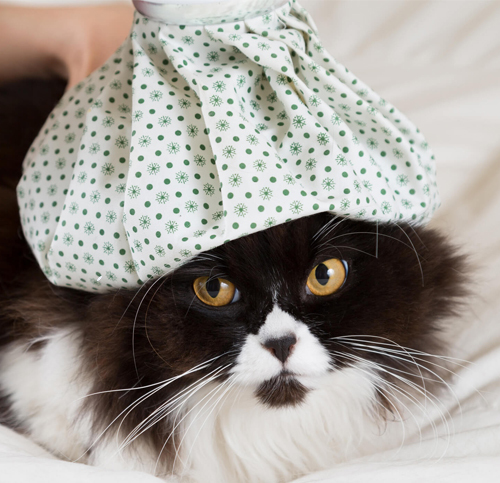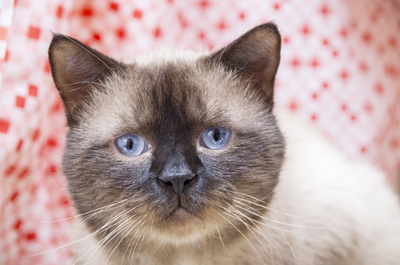|
|

It might not surprise you that cats (like humans) can contract the cat flu. Ordinarily, your cat can fight the cat flu with time. However, the cat flu can be fatal in cats with a chronic disease (e.g. Feline HIV) and young kittens. It’s very important that if you do notice any of the mentioned signs or symptoms then you take all measures to quarantine the affected cat and have them assessed from a vet.
What is cat flu?
Cat flu is from two different viruses “strains”, the feline viral rhinotracheitis and the feline calicivirus. Just like humans, there is no specific treatment for the cat flu. Because the flu is from a virus, not a strain of bacteria anti-biotic treatment is impossible. Sadly, unlike the human flu, many cats can remain with the feline flu throughout their lives and can become dormant and symptomatic when your cats immunity is compromised.
How does the virus affect the cat?
Firstly the cat will show symptoms, however some cats will become a carrier for the virus and not show any symptoms at all.
Carriers only pass on the virus during periods of stress, e.g. re-homing, boarding or changes to their environment.
Note: even if the cat does show signs and symptoms, they will still pass into the carrier state.

What are the symptoms or signs of an infected cat?
The symptoms are the same as for the human flu:
Sneezing and discharge from the nose and eyes
The eyes are often red and inflamed
Because of a temperature they often tend to have ulcers of the mouth and loss of appetite
The discharge from the nose and eyes will be transparent. If the discharge changes to yellow or green, this is likely to be a bacterial infection
Note: symptoms will always be worse in a mature cat, an immune deficient cat or in a kitten
How do you treat or manage the cat flu?
Obviously there are not medications that treat the flu itself. But if a secondary bacterial infection develops then antibiotics are required.
Treatment does consist then of treating the symptoms as they appear. So weepy eyes are frequently treated with eyedrops
They are likely to need more fluids, cat milk is often a preferable option (to the cat) than water but ensure you have water available at all times.
Take them to the vet if you do notice any big changes to their common symptoms
Using a heat pad or extra blankets
Lots of attention and allowing them to rest when they need to
How do I quarantine an affected cat?
So if you do have a cat in the home that is infected, you need to separate them completely. The cat flu is spread from droplets of saliva from an infected cat. But there is some recent evidence is can also spread from a dirty litter box, so it’s best to ensure you’re keeping the affected cat’s litter box is separated from your other cats. Also be sure to clean their water bowl and food bowl after all meals.
Also be sure to tell any cattery your cat might be boarding at, so they can take the required measures to isolate an affected cat.
Prevention of cat flu
Although it can be a challenge to quarantine an asymptomatic cat, any cat that does show symptoms needs to be separated immediately.
While being a kitten, your cat can be vaccinated from one of the cat flu strains. Sadly a vaccination is not yet available for the other.
Cats can be tested for the cat flu.
Also vaccinations need annual boosters, just like the human flu there is often a mutation to the virus strain that means the vaccination stops working after a period of time.
Tag
Tag